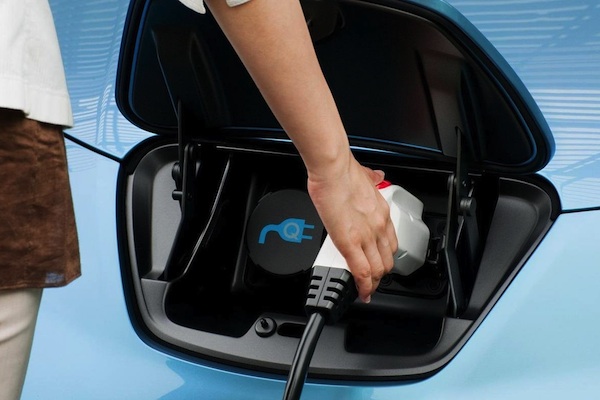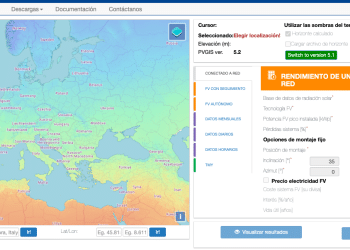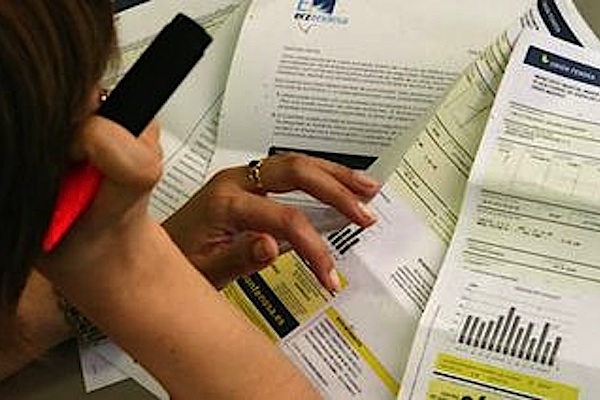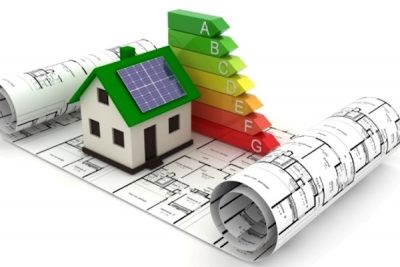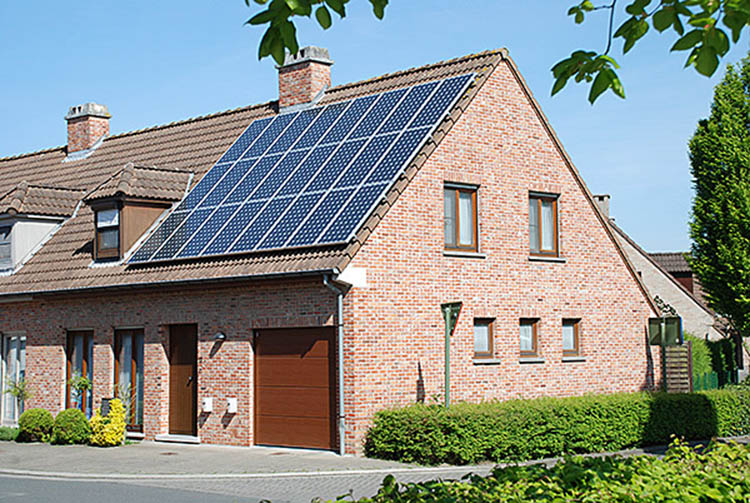ÚLTIMAS NOTICIAS
NOTICIA PATROCINADA
RENOVABLES
Lo que necesito saber sobre…
- Tarifa regulada PVPC y Tarifa de mercado libre
- Qué potencia contrato, periodos de discriminación horaria
- Cómo mejorar la eficiencia energética en casa o en la empresa
- Consejos útiles para ahorrar
- Qué hacer para poner una instalación de autoconsumo fotovoltáico en casa
- Qué hacer para poner una instalación de autoconsumo eólico en casa
MÁS NOTICIAS
Imagina Energía y el desarrollador alemán de software Amperecloud anuncian una colaboración estratégica
Grupo Imagina Energía, al que pertenecen la instaladora líder Quantica Renovables y la comercializadora Imagina Energía, ha anunciado una colaboración...
Los eurodiputados respaldan las reformas para un mercado de gas que facilite la introducción de gases renovables, incluido el hidrógeno
El Parlamento Europeo ha aprobado las medidas para la reforma del mercado del gas. Ayudará a descarbonizar el sector y...
Bioenergy Ibérica transformará las explotaciones agrarias de Cataluña con plantas de biogás
Bioenergy Ibérica, compañía de generación de renovables y gestión de residuos, realizará la transformación de explotaciones agrarias de Cataluña mediante...
Enerxétika recibió junto a ExpoMunicipal a más de 5.300 visitantes
La Feira Internacional de Galicia ABANCA cerró el pasado sábado las puertas de la cuarta edición de la feria de...
Iberdrola rebasa los 42.300 MW de capacidad renovable en todo el mundo
Iberdrola hace cuentas ante la Comisión Nacional del Mercado de Valores (CNMV) y revela que la capacidad renovable del grupo...
El Parlamento Europeo aprueba la reforma del mercado eléctrico
El Parlamento Europeo ha aprobado la reforma del mercado eléctrico. Compuesta por un reglamento y una directiva, el Consejo ya...
Axpo estudia un proyecto de hidrógeno verde en Sicilia (Italia)
Axpo y el inversor energético francés ENEGO han llegado a un acuerdo por el que estudiarán la posibilidad de construir...
Enerxétika 2024 acogió ayer el V Foro de la Biomasa
El certamen Enerxétika 2024, el cual se celebra desde ayer hasta el sábado en el recinto Feira Internacional de Galicia...
Jornada “Amoníaco como combustible: desarrollos tecnológicos en España”
SOERMAR y otros socios del proyecto HIDRAM han participado en la jornada: “Amoníaco como combustible: desarrollos tecnológicos en España”. El...
El IDAE ha activado una dotación de 100 M€ para invertir, como socio minoritario, en proyectos empresariales de descarbonización
El IDAE va a invertir 100 M€ para adquirir capital social y hacerse socio minoritario en empresas con proyectos innovadores...






